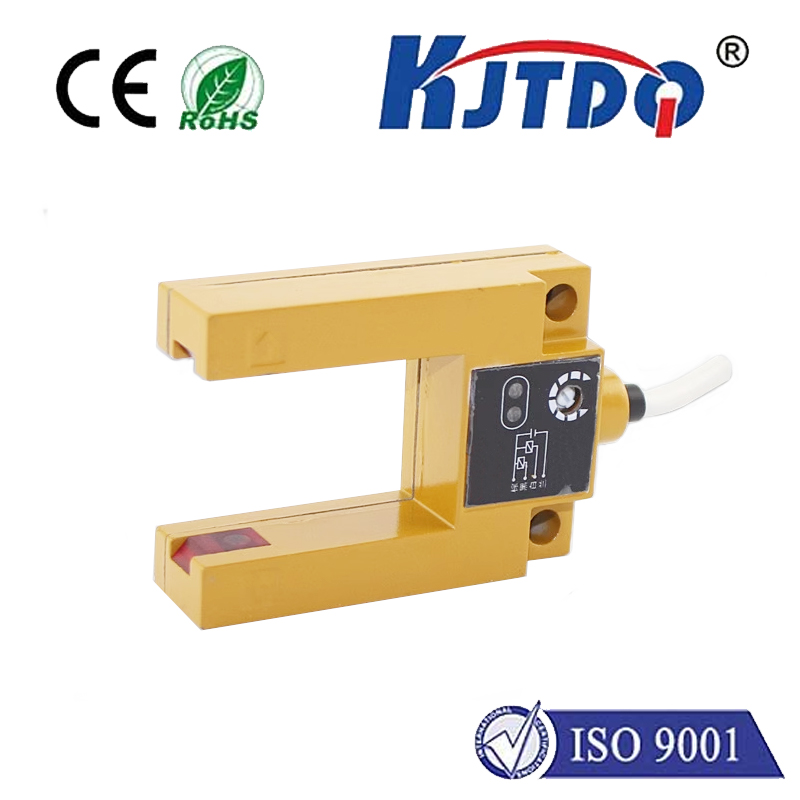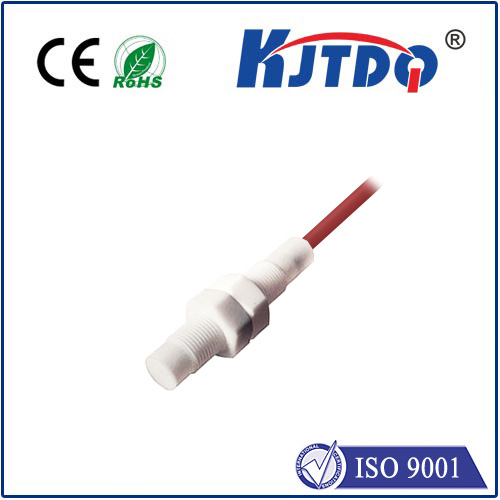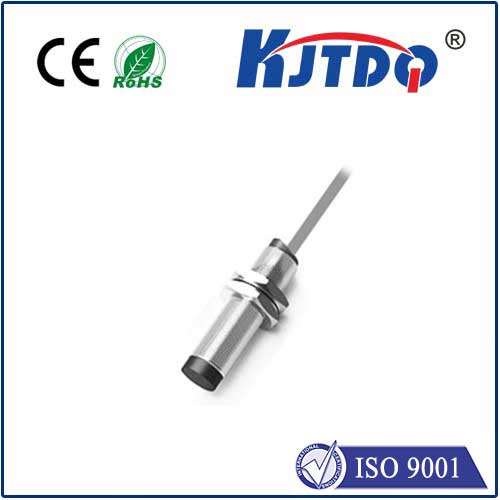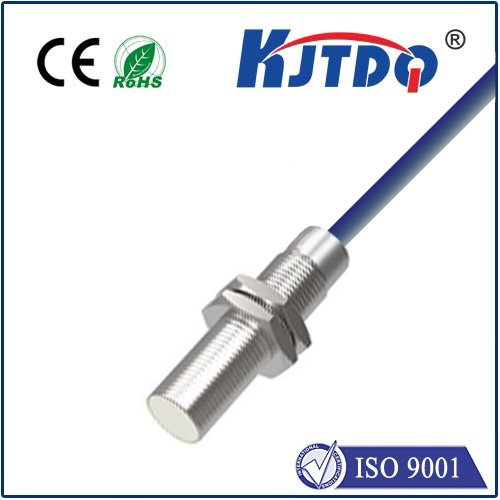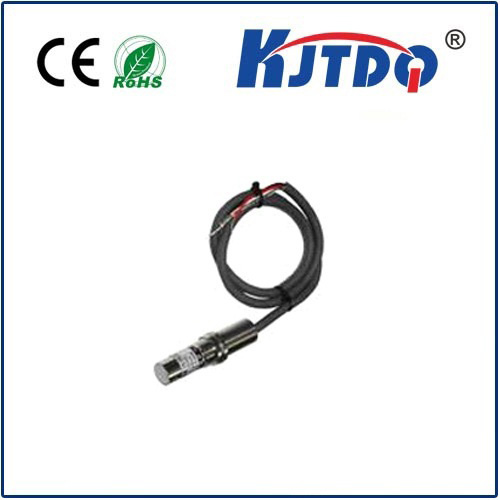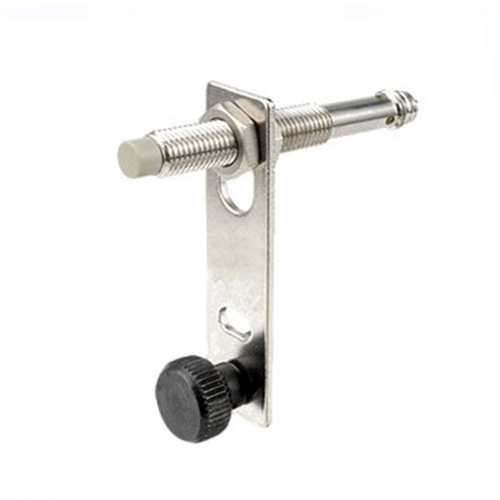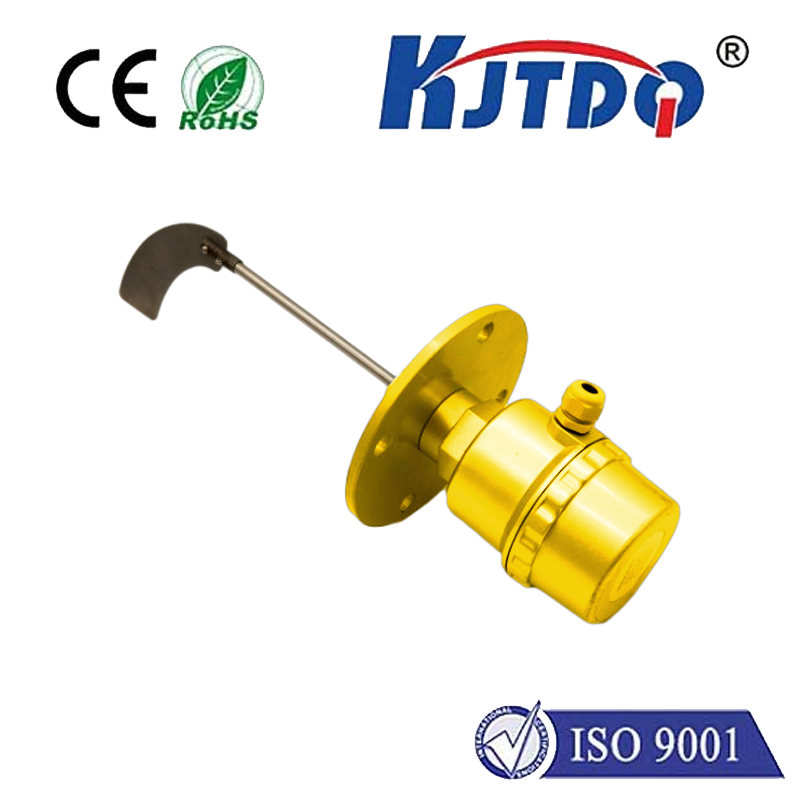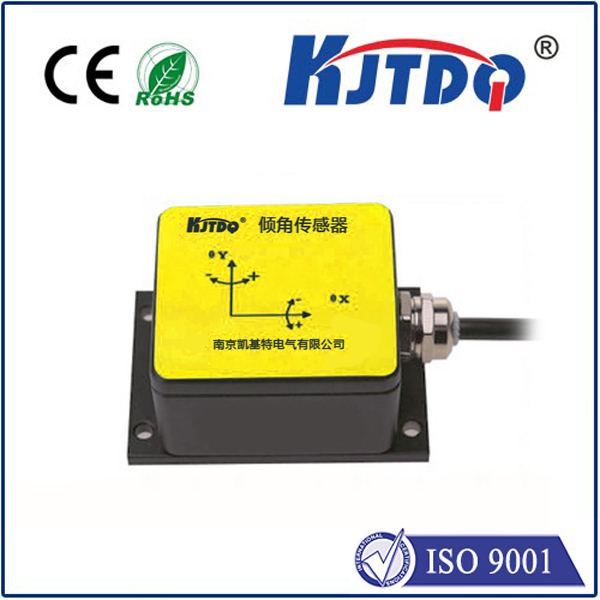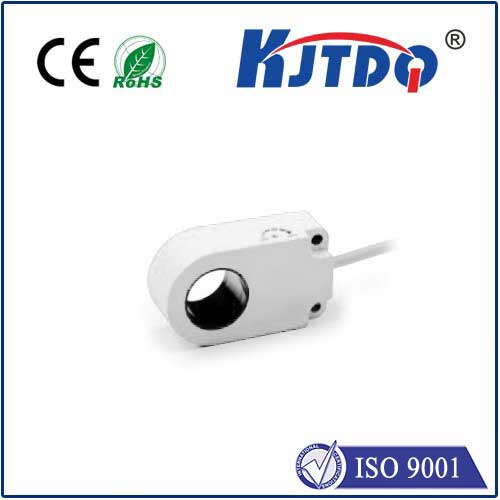

check

check

check

check
In the relentless pursuit of factory efficiency and process optimization, a silent revolution is happening at the sensor level. Traditional proximity sensors dutifully detect presence or absence, generating simple on/off signals. But what if these fundamental components could do so much more? Imagine sensors that not only sense but also communicate rich data, simplify wiring, enable remote configuration, and pave the way for predictive maintenance. This isn’t science fiction; it’s the reality unlocked by IO-Link proximity sensors, transforming them from simple switches into intelligent data nodes at the edge of the Industrial Internet of Things (IIoT).
What Exactly is an IO-Link Proximity Sensor?
At its core, an IO-Link proximity sensor functions just like its conventional counterpart: it uses electromagnetic fields, ultrasonic waves, or optical methods to detect the presence or absence of an object within a defined range without physical contact. This makes them invaluable for countless tasks like position verification, object counting, and end-of-travel detection across manufacturing lines, packaging machines, and robotic cells.
The game-changer is the integration of IO-Link communication. IO-Link is an open, point-to-point, serial communication protocol (standardized under IEC 61131-9) designed specifically for connecting sensors and actuators to the higher-level control system (like a PLC). Instead of just sending the basic switching signal (e.g., 24V DC or 0V), an IO-Link enabled proximity sensor communicates digitally over a standard, unshielded 3- or 4-conductor cable.
Bridging the Gap: How IO-Link Elevates Proximity Sensing
The magic of IO-Link lies in how it transforms a simple proximity detection event into a wealth of actionable information and operational flexibility:

This granular visibility allows operators and maintenance teams to understand not just if a sensor is working, but how well it’s performing, enabling true predictive maintenance strategies and significantly reducing unplanned downtime.
Remote Parameterization & Configuration: Changing the settings on a traditional proximity sensor often requires physical access – climbing ladders, opening panels, and using dip switches or programming tools. With IO-Link, parameters like sensing range, switch-on delay, output behavior (NO/NC), and operating mode can be downloaded remotely through the engineering software (PLC configuration tool). This drastically speeds up commissioning, changeovers, and troubleshooting. Need to adjust a sensor’s sensitivity for a new product variant? It can be done instantly from the control room.
Simplified Wiring & Reduced Costs: One of the most tangible benefits is wiring simplification. IO-Link uses a standard M12 or M8 sensor cable with 3 or 4 wires (power, ground, and communication on pin 4). Unlike traditional setups where each sensor might need its own dedicated input on a remote I/O block, multiple IO-Link sensors can connect to a single IO-Link master module (which then interfaces with the PLC via Fieldbus or Ethernet). This drastically reduces cabling complexity, cabinet space, and overall installation cost. Standardization also minimizes parts inventory.
Seamless Integration into Smart Factories: By digitizing communication at the sensor level, IO-Link proximity sensors become foundational elements of Industrial IoT (IIoT) and Industry 4.0 architectures. The rich data they provide feeds directly into higher-level systems like SCADA, MES, or cloud platforms for advanced analytics, process optimization, and overall equipment effectiveness (OEE) tracking. They enable the communication backbone needed for adaptive, responsive manufacturing.
Enhanced Process Monitoring: Access to detailed operational parameters like signal strength allows for much finer monitoring of the sensing process itself. Trends can reveal early signs of component wear (like a weakening coil), minor misalignments, or buildup on the sensor face that might eventually cause a failure, allowing for proactive intervention before a machine stops.
Real-World Applications: Where Intelligence Matters
The advantages of IO-Link proximity sensors shine in numerous industrial scenarios:
Implementing IO-Link Proximity Sensors: Key Considerations
Adopting this technology requires some planning:
The Bottom Line: More Than Just Detection
Integrating IO-Link technology fundamentally transforms the role of the humble proximity sensor. It evolves from a basic detection device into an intelligent component capable of communication, self-diagnosis, and remote management. The benefits – enhanced diagnostic data, streamlined parameterization, simplified wiring, reduced downtime, and seamless Industrial IoT integration – deliver significant operational and financial advantages. In an era demanding smarter, more adaptable, and data-driven manufacturing, the IO-Link proximity sensor is not just an upgrade; it’s a strategic investment empowering the future of automation. Unlocking the intelligence at the point of sensing is key to building truly resilient and efficient production systems.
